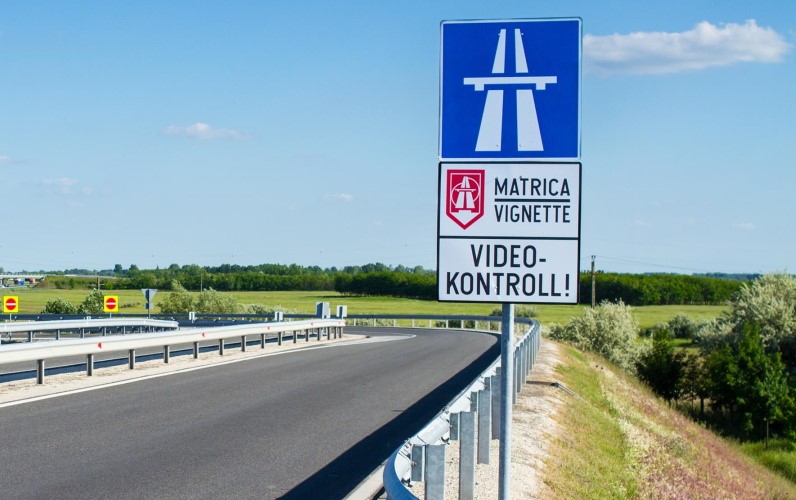Reflections on the eight-day motorway sticker,
valid for twenty-four hours

Has your aunt who hasn't been seen for thirty years died and you have to drive down to Debrecen for the funeral? Visiting an elderly relative in a distant hospital? Maybe you are in court in another county? Or maybe you just missed it and drove up the wrong way? No problem. The one-day highway sticker has arrived, the holy grail that can finally remedy not having to buy a "ten-day" sticker for a one-day (sorry, twenty-four-hour) trip from here to there.
It's cool. If ten bottles of better beer or ten kilos of bread cost 6400 forints, how much does one of them cost?Yes: 640. If a ten-day track sticker costs 6400 forints, how much does a one-day one cost?...No. Not 640, not a thousand, but 5150 forints.
That's just eight days for the price of 24 hours.
And they say that he is a pest, that he is clever.
But let's look at the facts: the government did not invent and introduce the one-day sticker on its own, it is required by new legislation that all countries must apply. The directive lays down the deadline for its introduction and the rate, which for passenger cars (D1) stipulates that the price of a "one-day" sticker must not exceed 9% of the annual fee.
Before we take a look at how pricing has developed in Hungary, let's take a look at our local area.
Germany: German households, planning to pay around three times the average Hungarian salary, have never paid a toll and will continue to do so.
Austria: for Austrians living on roughly two and a half times the Hungarian wage, the "one-day" is also introduced, but as the annual rail fare is considerably lower than in Hungary (EUR 96.4: HUF 37-40,000 depending on the exchange rate), the price of the new daily sticker is also significantly lower than in Austria (EUR 8.6: HUF 3,300-3,500).
Slovakia: the price is not known at the moment, but if the highest possible multiplier is used, the price will still not exceed €5.4, which is roughly 2100 forints.
Czech Republic: the price will be 200 crowns, roughly the equivalent of 3300 forints.
And now let's look at how the domestic regulation was born:
firstly, the annual vignette price of HUF 49 190 was increased by 16.4% to take account of inflation (Austria, for example, did not take advantage of this option), and then the maximum rate of 9% provided for by the regulation was applied to this increased price of HUF 57 260, thus creating the highest motorway toll in the region, but probably in Europe in relative terms.
Well done!